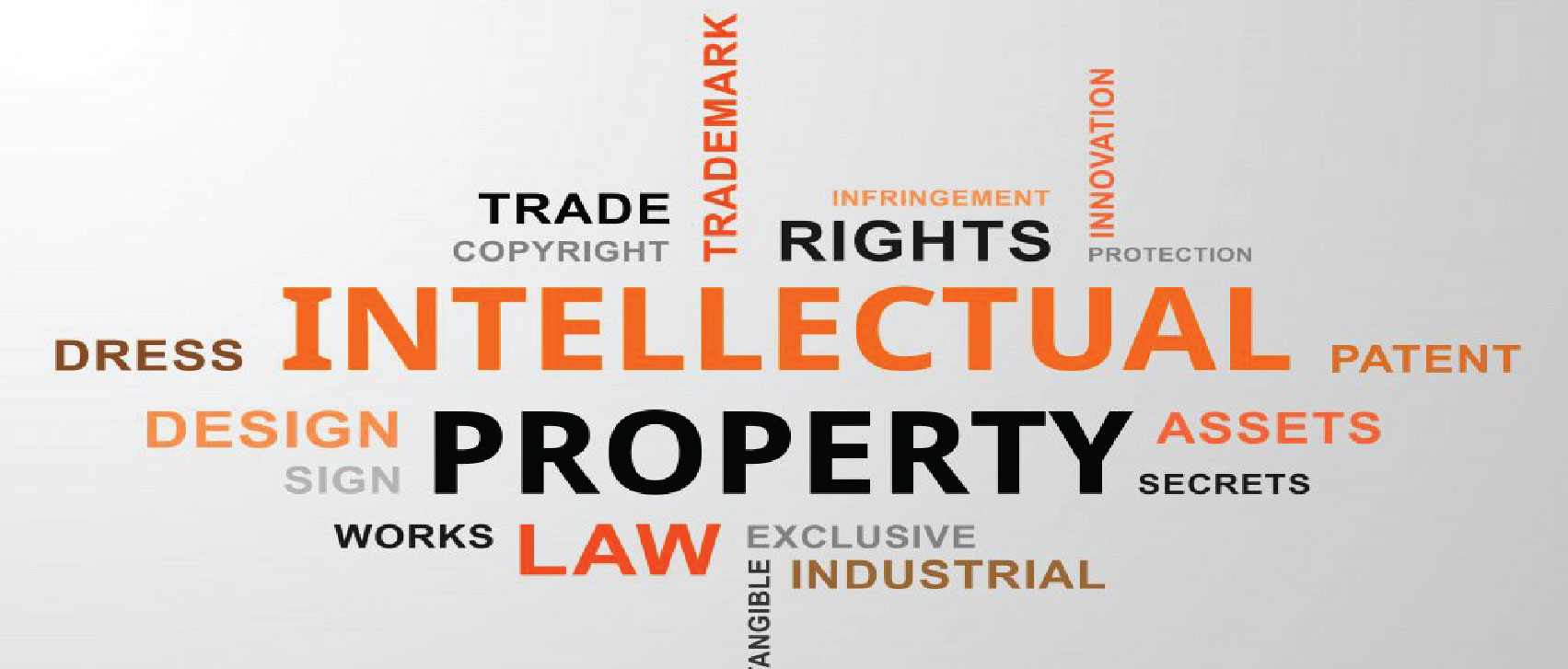Need help?
(+91) 90133 08933
A patent is a legal document that grants inventors exclusive rights to their inventions for a limited period, typically 20 years from the date of filing. It provides inventors with the exclusive right to make, use, and sell their inventions, thereby incentivizing innovation by rewarding inventors for their contributions to society. Patents cover a wide range of inventions, including new products, processes, machines, compositions of matter, and improvements thereof.
In an era defined by rapid technological advancement and relentless innovation, patent filing serves as a beacon of progress—a testament to human ingenuity and creativity. By protecting inventors' rights, fostering innovation, and driving economic growth, patent filing empowers inventors to bring their ideas to life and enriches society with groundbreaking inventions that shape the world we live in. As we embark on this journey of discovery and innovation, let us embrace the power of patent filing to unlock the limitless potential of human imagination and propel humanity forward into a future of endless possibilities.